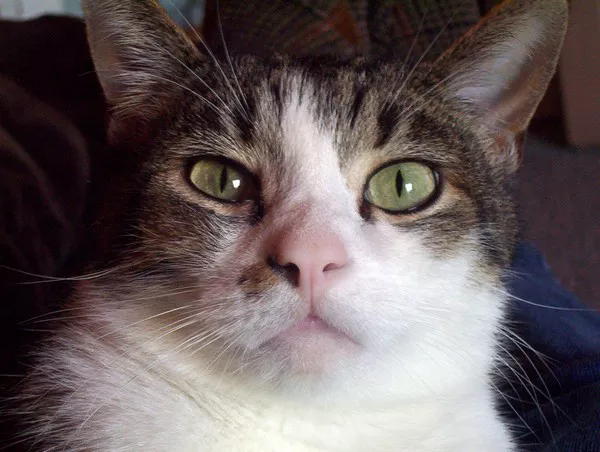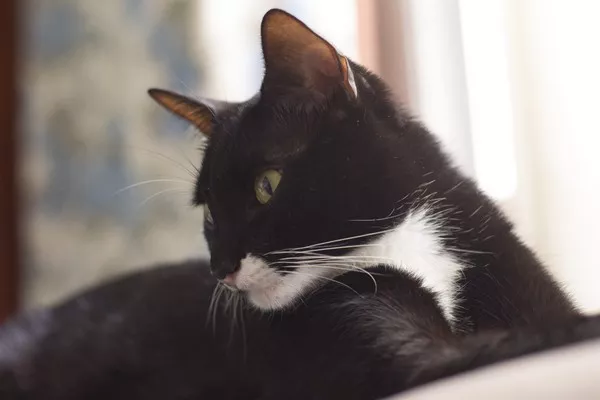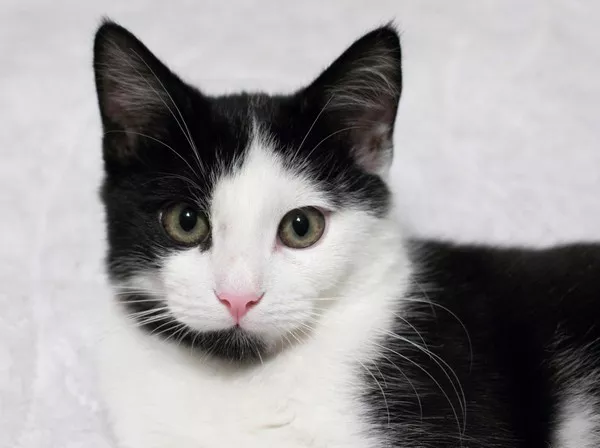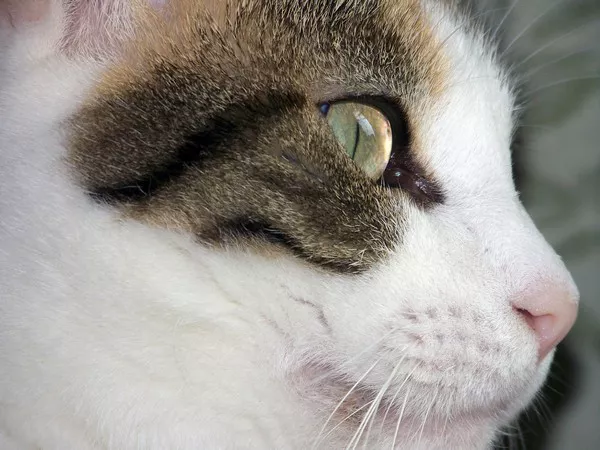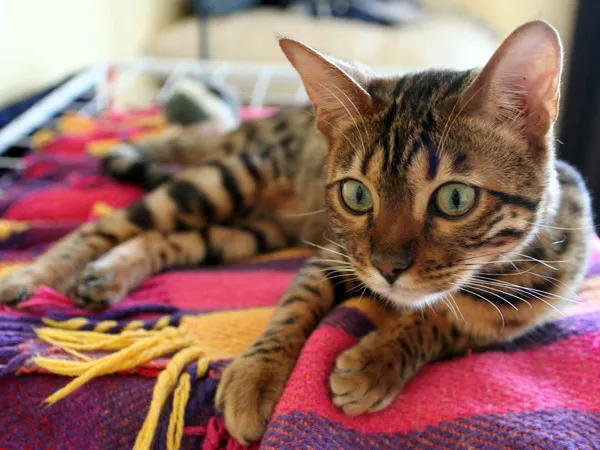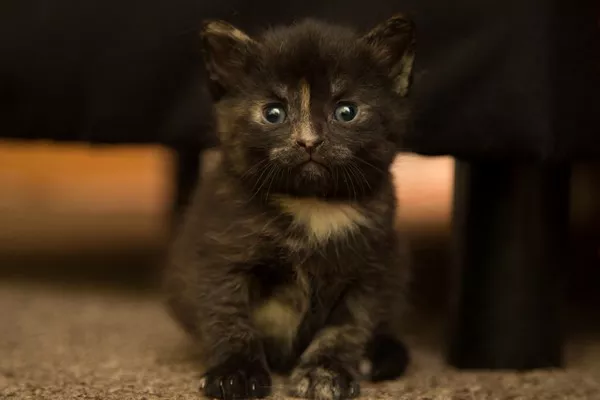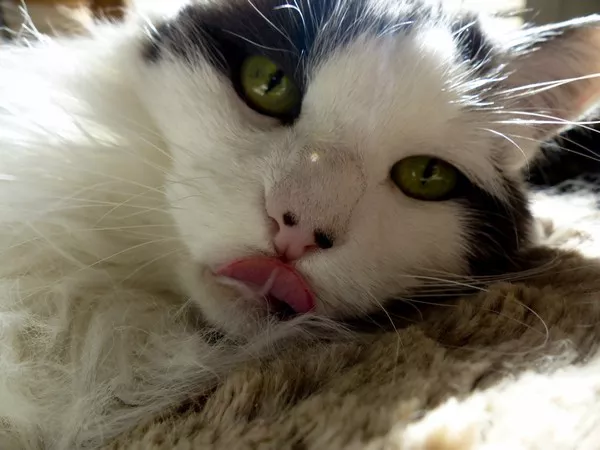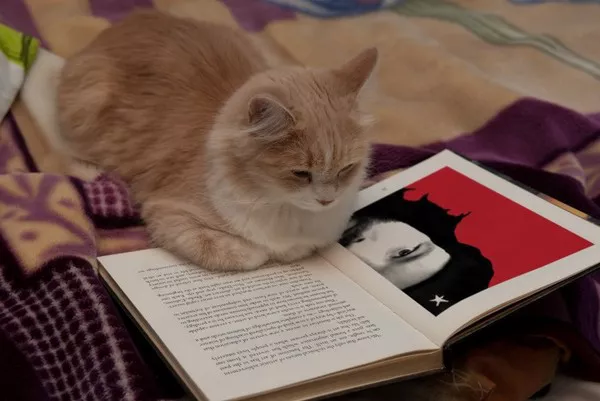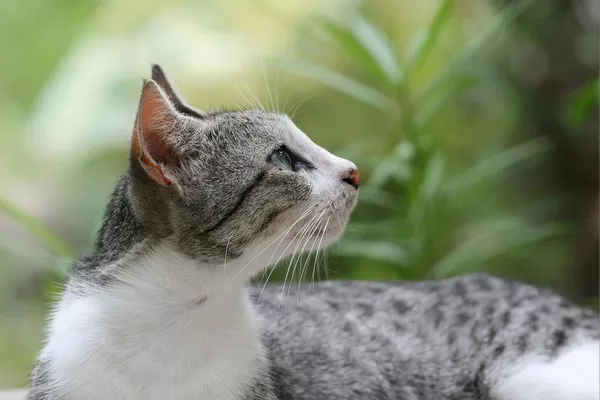Understanding your cat’s caloric needs is a critical aspect of responsible pet ownership. Proper nutrition directly influences an adult cat’s overall health, longevity, and quality of life. Cats, like people, require a balanced intake of calories to maintain their weight, energy levels, and well-being. This article provides a comprehensive guide to help you determine how many calories your adult cat needs each day, considering factors such as age, weight, activity level, and health status. Additionally, we will explore how to calculate the specific caloric needs of your cat, feeding guidelines, food selection tips, and the importance of monitoring your cat’s diet for optimal health.
Why Understanding Caloric Needs Is Important for an Adult Cat’s Health
Proper caloric intake is vital for maintaining a healthy weight and ensuring that your adult cat has enough energy for daily activities. Understanding your cat’s caloric needs is crucial for several reasons, including preventing obesity, supporting growth and energy, and avoiding malnutrition. Cats have specific dietary requirements, which vary significantly depending on factors such as their size, activity level, health, and age. Overfeeding or underfeeding can both lead to serious health issues, such as obesity or nutritional deficiencies.
By understanding how to calculate your cat’s ideal caloric intake, you can ensure they remain at a healthy weight, feel energetic, and enjoy a long, happy life. The key is finding the right balance based on individual factors, such as their weight, activity level, and any pre-existing health conditions.
Factors That Influence Caloric Needs
Several factors affect how many calories your adult cat should consume daily. These factors should be taken into account when determining their ideal caloric intake.
Age: An adult cat’s caloric needs differ based on age. Kittens, young adults, and senior cats all have varying energy requirements. Senior cats, for instance, may have slower metabolisms, while younger cats or those in their prime may need more energy for growth or maintaining high activity levels. The caloric needs of a young adult cat are often higher than those of a senior cat, especially if the cat is very active.
Weight: Maintaining a healthy body weight is crucial for your cat’s well-being. If a cat is underweight, it will need more calories to reach and maintain a healthy weight. On the other hand, an overweight cat may need fewer calories to avoid further weight gain and associated health risks. It’s important to monitor your cat’s weight regularly and adjust their calorie intake accordingly.
Activity Level: Cats can be categorized as inactive, moderately active, or highly active. A sedentary or indoor-only cat requires fewer calories than an outdoor cat or a cat that is regularly engaged in vigorous play. Active cats have higher caloric needs because they burn more energy through exercise, exploration, and hunting behavior.
Health Status: Cats with specific health conditions may require adjustments to their diet. For example, cats with hyperthyroidism may burn calories more rapidly, requiring increased caloric intake. Cats with kidney disease, on the other hand, may need a carefully balanced diet that limits protein but provides sufficient energy. Always consult with a veterinarian if your cat has a health condition that could influence their nutritional needs.
General Caloric Guidelines
Now that we understand the factors influencing a cat’s caloric needs, it’s important to outline general guidelines for how many calories a typical adult cat should consume.
Average Needs
For an average adult cat with a moderate activity level, the general guideline is about 20 to 30 calories per pound of body weight per day. This means that a 10-pound cat should consume approximately 200 to 300 calories daily. However, this is just a starting point, and adjustments may be necessary based on the individual characteristics and needs of your cat.
Inactive Cats
Sedentary cats or those that are largely inactive, such as indoor-only cats that don’t engage in much play or exploration, typically require fewer calories. A good rule of thumb is about 20 calories per pound of body weight. For example, an inactive 10-pound cat would need about 200 calories per day.
Active Cats
Highly active or outdoor cats that are constantly on the move, hunting, or playing, will burn more calories and require additional fuel. In these cases, their caloric needs can be higher—around 30 calories per pound of body weight. For instance, an active 10-pound cat may require up to 300 calories daily to meet their energy demands.
Calculating Daily Caloric Needs
To calculate your cat’s daily caloric requirements, follow this simple formula:
Determine Your Cat’s Ideal Weight: Weigh your cat or consult your veterinarian to determine its target weight.
Multiply by the Appropriate Caloric Range: Use the guidelines of 20-30 calories per pound based on activity level. For example, for an active 10-pound cat, multiply 10 pounds by 30 calories (10 x 30 = 300 calories).
Example 1: Average Adult Cat
Weight: 10 pounds
Activity Level: Moderate
Caloric Needs: 10 x 25 = 250 calories
Example 2: Overweight Cat
Weight: 12 pounds
Target Weight: 10 pounds
Activity Level: Low
Caloric Needs: 10 x 20 = 200 calories
Example 3: Underweight Cat
Weight: 8 pounds
Target Weight: 10 pounds
Activity Level: Moderate
Caloric Needs: 10 x 25 = 250 calories
Feeding Guidelines
Once you calculate your cat’s caloric needs, you can adjust their food portions accordingly. If you are feeding dry food, check the packaging for serving suggestions based on your cat’s weight and activity level. Wet food usually has more moisture content and may require a larger portion size.
Tip: Make sure to feed your cat in regular intervals (such as two to three meals a day) to avoid hunger and overeating. If you notice that your cat is gaining or losing weight, adjust the portion sizes accordingly and monitor their progress.
Choosing the Right Food
When selecting food for your cat, it’s important to consider both the caloric content and the nutritional profile. High-quality food that balances proteins, fats, and carbohydrates ensures that your cat gets the right amount of energy and nutrients to stay healthy.
Protein: Cats are obligate carnivores, so protein is an essential component of their diet. Look for foods with high-quality animal protein sources, such as chicken or fish.
Fats: Healthy fats provide energy and help absorb essential nutrients like vitamins A, D, E, and K. Look for foods that contain animal-based fats or fish oils.
Carbohydrates: While cats do not require a large amount of carbs, some foods include them for energy. Avoid foods with excessive amounts of grains and fillers, which offer little nutritional value.
Quality Ingredients: Choose brands with recognizable, high-quality ingredients. This ensures that your cat’s food is rich in the essential nutrients they need.
Monitoring and Adjusting Diet
As you follow the feeding guidelines and monitor your cat’s weight, it’s important to adjust their diet as necessary. Here are a few signs to watch for:
Weight Gain: If your cat is gaining weight, it may be time to reduce their calorie intake or adjust portion sizes.
Weight Loss: If your cat is losing weight unintentionally, increase their calorie intake or switch to a higher-calorie food.
Behavioral Changes: If your cat appears lethargic or displays signs of hunger, consult your veterinarian to rule out any underlying health issues.
Conclusion
Understanding and meeting your cat’s caloric needs is essential for their health and well-being. Calculating caloric requirements based on factors such as age, weight, activity level, and health status ensures that your cat maintains a healthy weight and energy level. Remember, every cat is unique, and regular monitoring, along with consultations with your veterinarian, will help you create a feeding plan that meets your cat’s specific needs.
Related Topics

